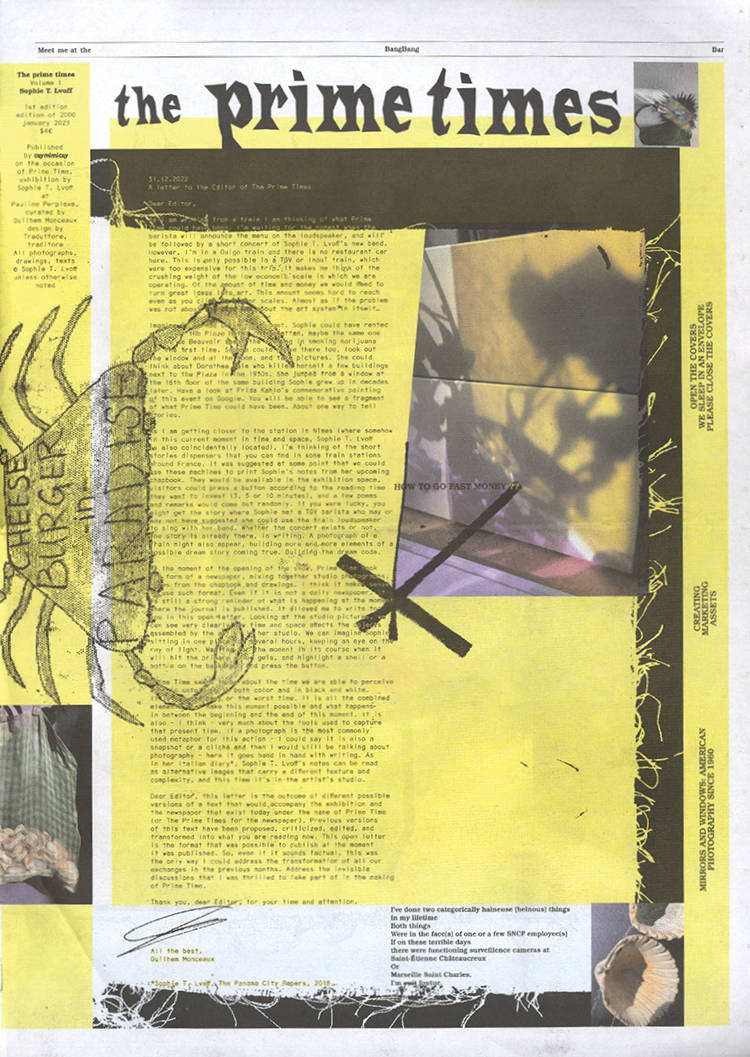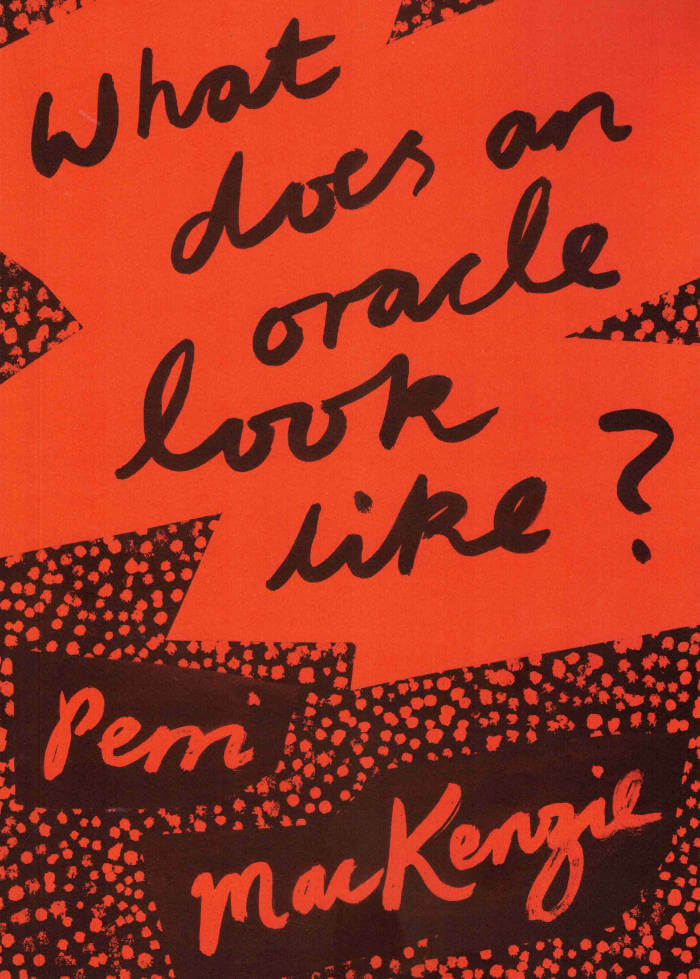
Quelle Aventure !
Reference monograph on the work of one of Belgium's most discreet, yet most important, female artists, with a dozen essays and contributions.
The work of Jacqueline Mesmaeker is intangible, discreet and captivating. Starting from analytical intentions and experimental protocols linked to perception and representation, her practice remains anchored in a literary and poetic universe, including references to Lewis Carroll, Mallarmé, Melville or Paul Willems. Minimal, sometimes even unnoted, her rare and precise work is nonetheless present. It willingly takes over space, playing with the actual and symbolic architecture, revealing the structures and lines of force, but also the errors, by thwarting their perspectives or correcting them with delicate touches.
In the year of 2020, CC Strombeek, BOZAR and Museum Roger Raveel have exhibited new selections of Mesmaeker's fragile ensembles; poetic works that evade every semantic description. CC Strombeek succeeded—in consultation with the artist—to reconstruct the work Enkel Zicht Naar Zee, Naar West (1978) to its original presentation, after 35 years. The work consists of 5 projections captured on transparent, natural silk scrims. They show a flock of flying birds, circulating and mingling in space, appearing and disappearing through the veils.
This book forms a catalogue of Mesmaeker's trilogy of solo-exhibitions in 2020: Ah, Quelle aventure ! at Bozar (May–July 2020) and CC Strombeek (January–March 2020) and De page en page at Museum Roger Raveel (December 2020–March 2021).
Jacqueline Mesmaeker (born 1929 in Brussels) started her career as fashion designer from 1962 till 1972, before she turned to visual and artistic issues. Drawing, an art form she teached in several art schools (ERG, La Cambre...), runs throughout her rich work that includes installation, video, photography, writing and design. She won the Norwich East Award, in 1996.
Texts by Luk Lambrecht, Lieze Eneman, Michel Baudson, Jean-Michel Botquin, Saskia De Coster, Anne Pontégnie, Melanie Deboutte, Sophie Lauwers, Philippe Van Cauteren.





